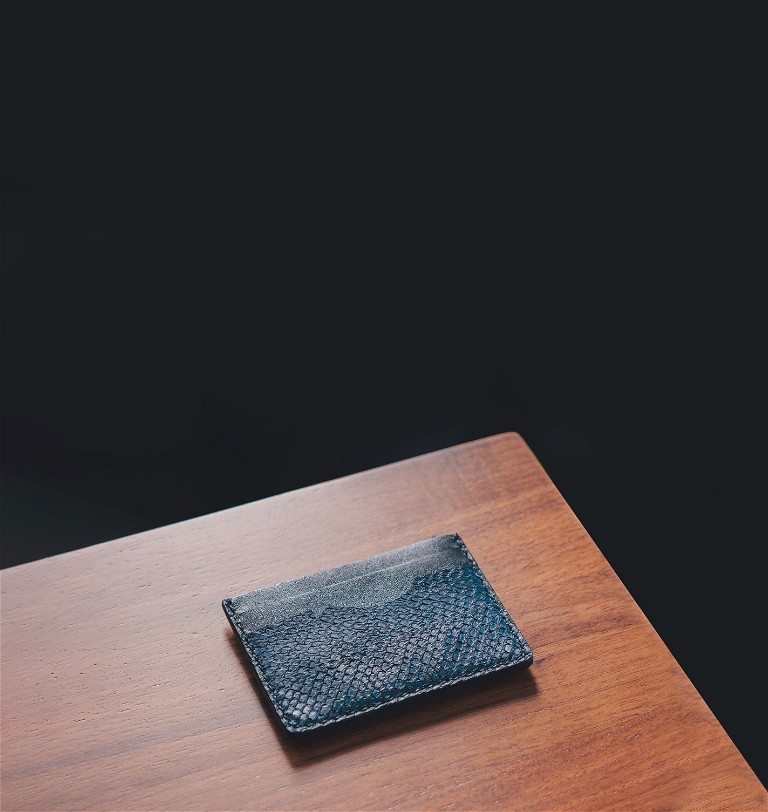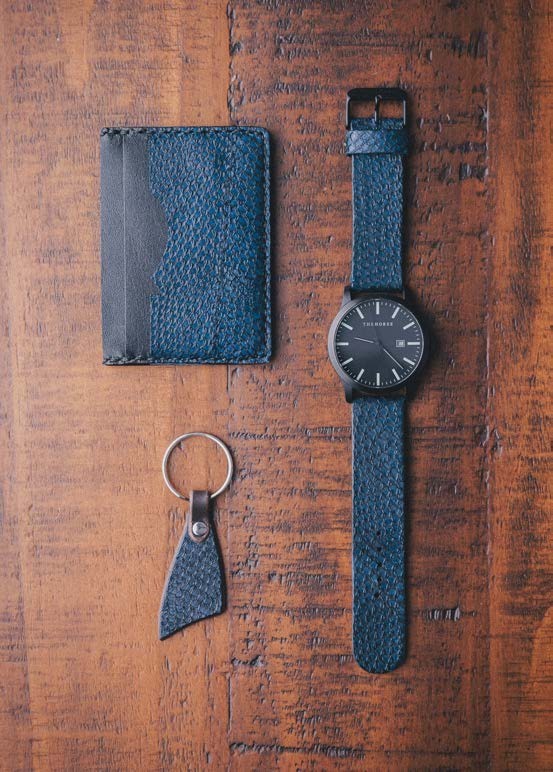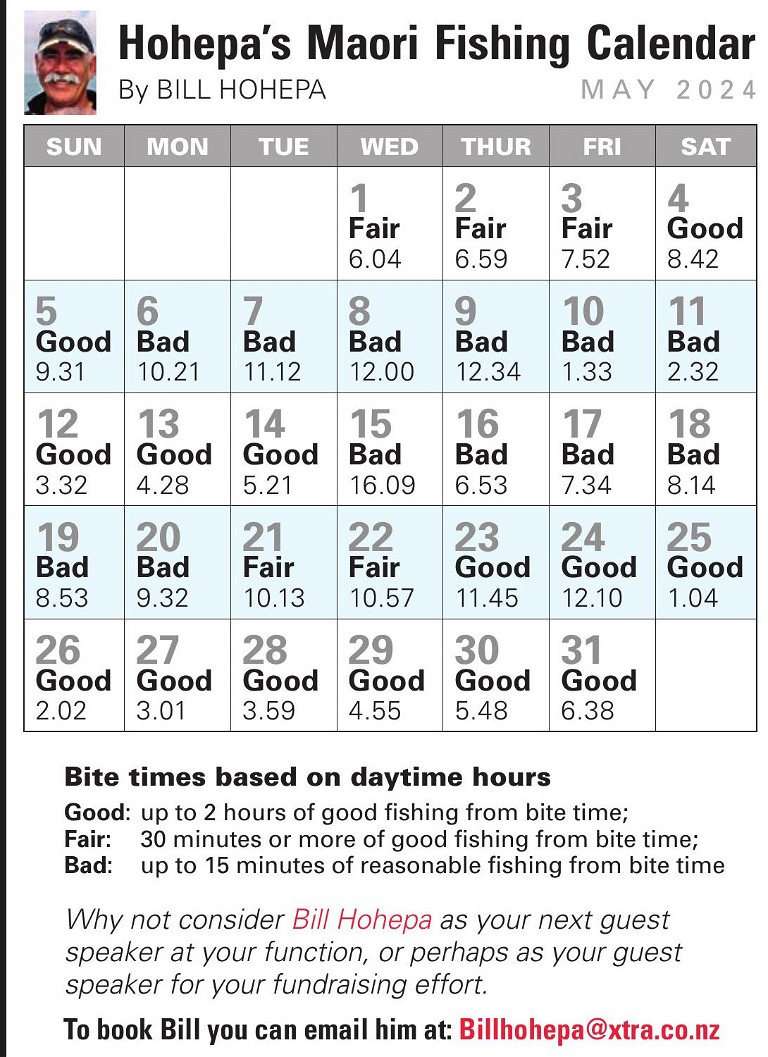FISH LEATHER? YEP, IT’S A THING!
Commercial fishing, like any business, operates with the underlying goal of generating more revenue and increasing profit margins. There have been longstanding concerns that commercial fishers are harvesting at rates that exceed the ability for fish populations to be replenished. This can have devastating impacts on the delicate balance of our oceans.
With these concerns, there’s been a push to do more with the fish we already harvest, reducing the need to remove more fish from the ocean. Consuming more of every fish is an obvious answer; eating the heads, frames, wings, etc., but a real opportunity lies in other innovative solutions outside of human consumption.
One such solution gaining traction is the production and utilisation of fish leather. Said to be stronger and more durable than ordinary cow leather, this textile presents an opportunity to increase the value of the industry by utilising what is currently being wasted – the skins.
I know it sounds odd but the history of fish leather dates back centuries, with indigenous cultures using fish skins for clothing, footwear, and other essential items. Today, modern technology has refined the process of transforming fish skins into leather, making them more accessible for commercial use. And you know how cow leather doesn’t smell like cows? Well, fish leather doesn’t smell fishy!
The process of turning skins/ hides into leather isn’t for the faint-hearted. It typically involves cleaning and tanning the fish skins to remove oils and preserve the material. In saying that, the end more than justifies the means.
Different species of fish offer varying qualities of leather, with salmon being the most common. Popular New Zealand species such as snapper and kingfish can also be used, offering unique patterns, colours, and textures. This versatility opens up a world of possibilities for the use of fish leather in various products.
Fish leather not only offers a chance to increase the value of our natural marine resources but also a chance to showcase your love of fishing and the ocean by owning something made out of fish leather.
Common products include wallets, handbags, shoes and accessories. In addition to its aesthetic appeal, fish leather also boasts practical benefits. It is lightweight yet durable, making it ideal for everyday use. Its water-resistant properties make it suitable for outdoor gear and footwear, perfect for New Zealand’s rugged landscapes and marine environments.
By embracing fish leather, New Zealand’s fishing industry has the opportunity to not only reduce waste but also diversify its product offerings and increase profitability. Rather than viewing fish skins as a byproduct, they can be seen as a valuable resource with untapped potential.
Working with and not against commercial fishing companies will encourage innovation to look beyond a fish fillet, respect every fish harvested, and help restore marine abundance.
— Dallas Abel – Ofishal Leather
You can find out more here:




Ofishal Leather promotes the full utilisation of fish by turning fish skins into classy leather products.

